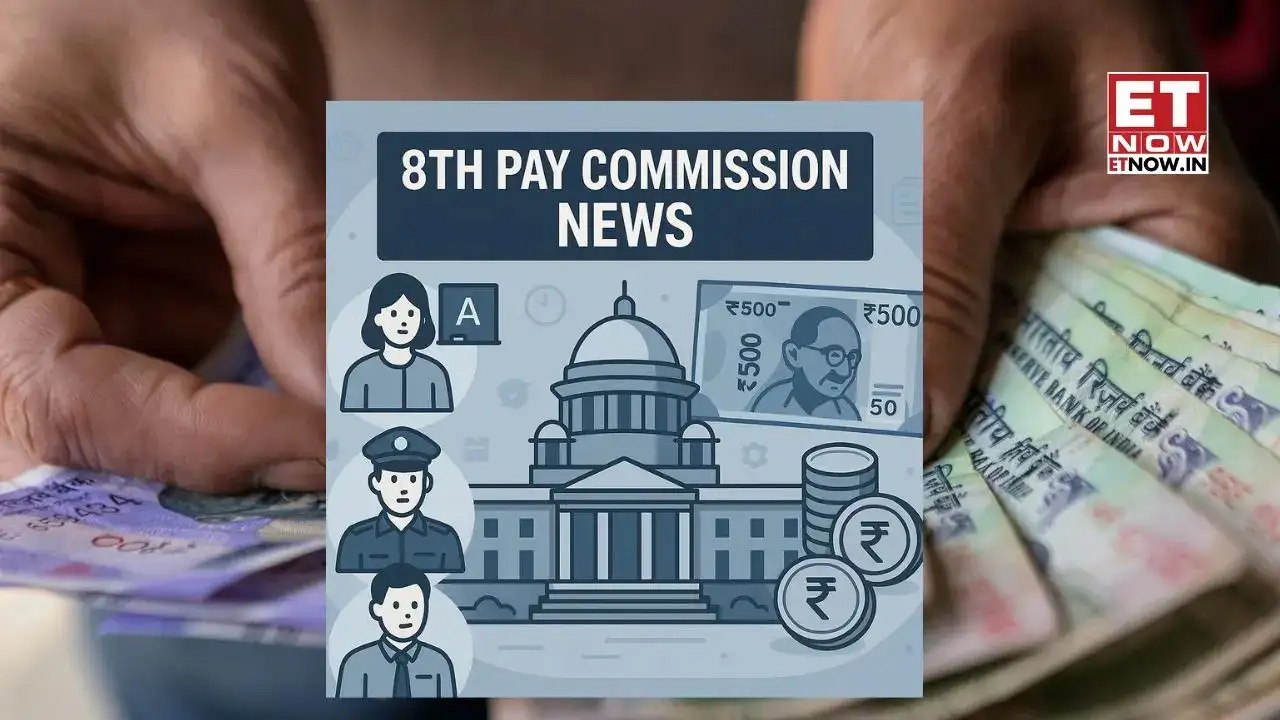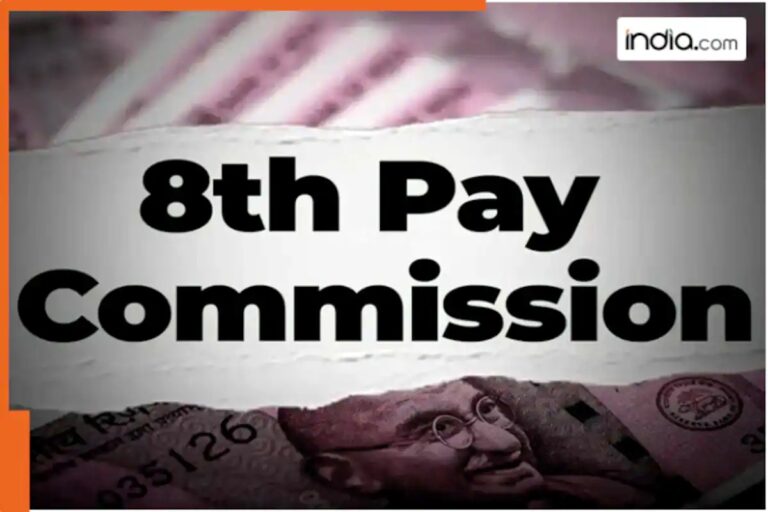
Formation of 8th Pay Commission and Salary Revisions
The Indian government has initiated the 8th Pay Commission to address the salary and allowance concerns of over 50 lakh central government employees and 65 lakh pensioners. Approved by the Cabinet in January 2025, this commission aims to revise remuneration structures ahead of the expiration of the 7th Pay Commission’s recommendations on December 31, 2025. The new framework is expected to take effect on January 1, 2026, aligning salaries with inflationary pressures and ensuring competitiveness with the private sector. Central government employees, who have long awaited substantial revisions, anticipate significant increases to retain talent and ensure financial stability. The commission’s formation marks a critical step in addressing systemic wage disparities and improving the quality of life for public sector workers.
Fitment Factor and Salary Calculation Dynamics
A key aspect of the 8th Pay Commission is the fitment factor, which determines the extent of salary hikes. Analysts at Ambit Capital estimate the new factor could range between 1.83 and 2.46, significantly impacting total compensation. For instance, a basic salary of Rs 18,000 could balloon to Rs 44,280 with a 2.46 factor, demonstrating the potential scale of revisions. However, the actual increase will depend on the final fitment factor and the interplay with Dearness Allowance (DA), House Rent Allowance (HRA), and other benefits. Previously, basic pay accounted for 65% of total salaries, but this has shifted to around 50%, highlighting the growing importance of allowances in overall compensation. The government’s focus on DA adjustments, revised every six months based on inflation, underscores its commitment to maintaining purchasing power for employees.
Historical Context and Implementation Challenges
The 7th Pay Commission, which took effect in 2016, recommended a modest 14.3% basic salary increase, the lowest since 1970. However, the combined effect of the fitment factor and DA adjustments resulted in an overall hike of approximately 23%. In contrast, the 6th Pay Commission in 2006 delivered a 54% salary increase, setting a higher benchmark. The 8th Pay Commission’s delayed formation, with the chairman’s appointment still pending, raises concerns about the timeline for implementation. Experts suggest the process could take 18-24 months, including report preparation, cabinet approval, and finalization of recommendations. This delay highlights the complexity of balancing stakeholder inputs, inflationary pressures, and administrative requirements to ensure equitable revisions.
Stakeholder Engagement and Policy Implications
The government has actively sought input from key stakeholders, including the Ministry of Defence, Home Affairs, and state governments, to ensure the 8th Pay Commission’s recommendations are comprehensive. Finance Minister Pankaj Chaudhary emphasized the importance of stakeholder consultation in shaping the commission’s framework. Meanwhile, discussions about the final DA payment under the 7th Pay Commission suggest potential clarity by August 15, 2025, offering temporary relief to employees. The delayed implementation of the 8th Pay Commission’s recommendations raises questions about the feasibility of achieving the January 2026 rollout. However, the government’s proactive engagement with stakeholders indicates a commitment to addressing systemic wage disparities while navigating administrative complexities.
Future Outlook and Sector Impact
The 8th Pay Commission’s success will hinge on its ability to balance inflationary adjustments with fiscal responsibility, ensuring sustainable wage growth for central government employees. The revised salary structures are expected to enhance workforce retention, improve public service delivery, and align public sector wages with private sector benchmarks. As the commission progresses, its impact on the broader economy, including inflation control and labor market dynamics, will be closely monitored. The government’s emphasis on stakeholder engagement and transparent communication underscores its commitment to equitable reforms, setting a precedent for future pay revisions in the public sector.




